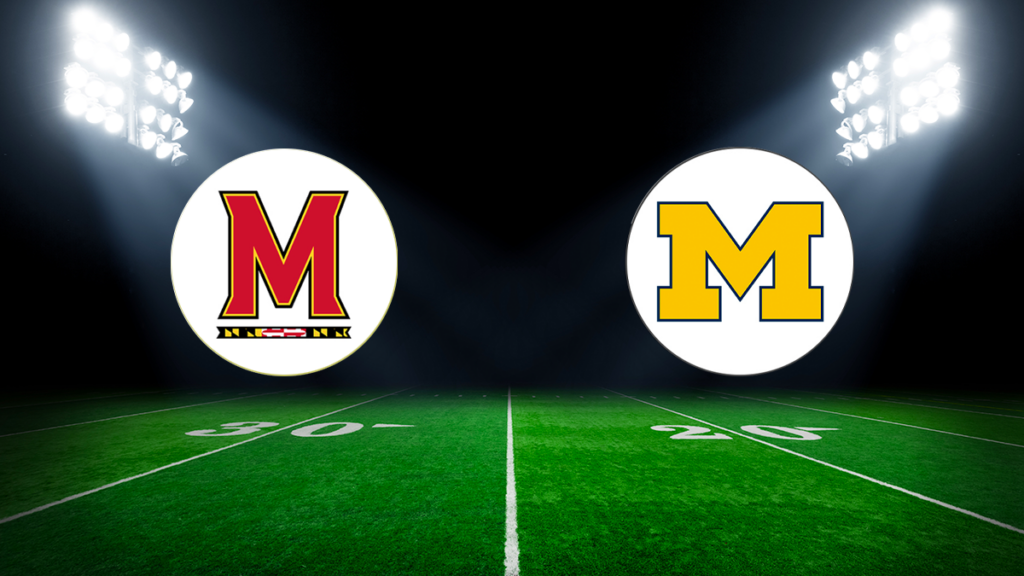
Ann Arbor SPARK’s popular football blog series is back for Michigan’s 143rd season! We use the football season as an opportunity to compare Ann Arbor to cities around the country represented by our U-M football competition. The question is always – how does Ann Arbor compare to other college towns in the U.S.?
It is here — the moment we have all been waiting for. The Big 10 Conference season kicks off in Michigan this week with a home game against the University of Maryland Terrapins. The first conference game of the season brings the heat with more evenly stacked opponents, and this game specifically brings the excitement, tradition, and die-hard maize and blue fanfare that comes with HOMECOMING! Last year, Michigan handily defeated Maryland by 41 points and is predicted by many to do it again on Saturday. In fact, Maryland has not won against Michigan since 2014.
While we anxiously await the return of in-person homecoming festivities here in Michigan, let’s take a look at how Ann Arbor compares as a region to College Park, MD. College Park is a small city located between Baltimore and Washington, D.C., about 40 minutes from the White House. With a population of 35,110, College Park is significantly smaller in size than Ann Arbor with a population of 121,536. Interestingly enough, the University of Maryland’s College Park enrollment is larger than the population of the city! There were 41,272 students enrolled in the fall of 2021 making College Park an appropriate name for this city.

The cost of living and median household income are both higher throughout the greater Washington, D.C. area when compared to Ann Arbor, but Ann Arbor’s educational attainment continues to dominate the competition. In Ann Arbor, more than 77 percent of the population over the age of 25 has earned their bachelor’s degree or higher and this is true for only 49.9 percent of the population over the age of 25 in College Park.
In addition to the University, College Park is home to some of our country’s most recognizable entities, including the National Archives and Records Administration, the National Oceanic and Atmospheric Administration, and the Food and Drug Administration.
Be on the lookout for our blog posts ahead of each game all season long and be sure to tag us when you share these interesting tidbits with your friends via social media! And, if you want more information like this or are curious to learn more about the Ann Arbor region and what makes it such a great place to live, work, and locate your business in, please reach out to our Director of Research, Melissa Sheldon.
Sources
Where do we get our numbers? And what do they mean?
- Population data comes from the U.S. Census, 2021 Population Estimates. Check out Ann Arbor’s data.
- Enrollment data comes from the Integrated Postsecondary Education Data System (IPEDS). Review University of Michigan data.
- Research expenditure data comes from the National Science Foundation. View the Rankings by Total R&D Expenditures.
- Educational attainment data comes from the US Census 2016-2020 American Community Survey Five-Year Estimates. We look specifically at the population over the age of 25, and the highest level attained. Check out Ann Arbor’s data.
- The rankings come from U.S. News and World Report unless otherwise noted.